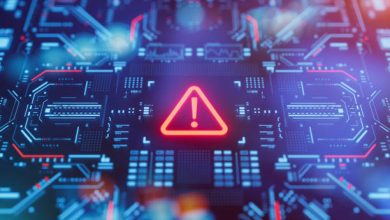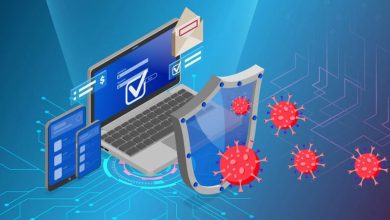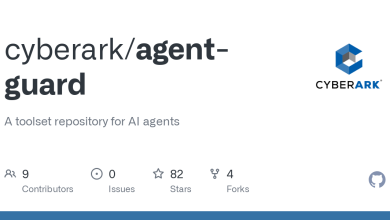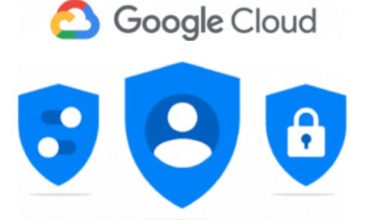Over 50% of APAC Businesses Integrate AI and IoT in Operations

A recent Kaspersky study has revealed that nearly 2 in every 3 (61% and 64%) companies in Asia Pacific (APAC) have implemented Artificial Intelligence (AI) and Internet of Things (IoT) in their businesses’ infrastructures. Additionally, 28% and 26% are planning to adopt Artificial Intelligence (AI) and the Internet of Things (IoT) within two years. Business owners must ensure they have the right calibre of cybersecurity solutions to secure them, experts recommend.
Interconnected technologies are the growing network of devices, systems and applications connected to the internet and each other. They transform enterprises, enabling them to gather more data and automate processes. But they also bring new risks and challenges when securing business assets and safeguarding customers.
Kaspersky conducted a study ‘Connecting the future of business’, which aims to help companies stay ahead of the changes interconnected technologies bring, posing critical questions regarding the way cybersecurity must adapt to them. For this purpose, the company surveyed 560 senior IT security leaders from North America, Latin America, Europe, the Middle East and Africa, Russia and Asia Pacific. A total of 100 respondents were from APAC.
In this survey, Kaspersky sought to examine what respondents think of the following interconnected technologies:
-
Artificial Intelligence (AI),
-
Internet of Things (IoT),
-
Augmented reality (AR), Virtual reality (VR) and digital twins,
-
6G (the next generation of wireless communication with ultra-fast speeds and new connective capabilities),
-
Web 3.0 which enables decentralized applications, blockchain smart contracts and user-managed data,
-
Data spaces that enable seamless data sharing in collaborative settings.
The research found that AI and IoT are already used by 61% and 64% of companies respectively, while 28% and 26% of companies plans to adopt them within two years. Data spaces are used by 27% of businesses, with more than half (54%) intending to adopt them in the near future.
Other interconnected technologies (digital twins, AR, VR, web 3.0, 6G), are used by 8-20% of companies participating in the survey, but more than 70% are considering integrating them into their business processes soon.
.jpg)
2.1
Because AI and IoT have become so widespread, they are vulnerable to new vectors of cyberattacks. According to the research, 13-14% of organizations from the region think AI and IoT are ‘very difficult’ or ‘extremely difficult’ to protect, while only 6% of the AI users and 10% of the IoT owners believe their companies are fully protected.
However, as we can see, the less widespread the implementation of technologies, the more difficult it is for companies to protect them and vice versa. For instance, the least adopted AR/VR and 6G, are the most challenging technologies to protect in terms of cyber defence, with 40-51% of Asian companies saying they are difficult to secure.
.jpg)
2.2
According to Adrian Hia, Managing Director for Asia Pacific at Kaspersky, “Undoubtedly, new technological tools play a vital role in improving the efficiencies and productivities of enterprises in the region. However, there are loopholes, particularly in cybersecurity, that need to be addressed. Our recent study showed more than half of the companies are using AI and IoT in their organisations, but 21% of them think AI and IoT are somewhat difficult to protect. It shows that there is a skills and knowledge gap that needs to be patched with urgency.”
“Interconnected technologies bring immense business opportunities but they also usher in a new era of vulnerability to serious cyberthreats. With an increasing amount of data being collected and transmitted, cybersecurity measures must be strengthened. Enterprises must protect critical assets, build customer confidence amid the expanding interconnected landscape, and ensure there are adequate resources allocated to cybersecurity so they can use the new solutions to combat the incoming challenges of interconnected tech. Businesses integrating AI and IoT into their infrastructure need to protect it with Container Security and Extended Detection and Response solutions, to detect cyberthreats at early stages and provide effective defense,” comments Ivan Vassunov, VP, Corporate products, Kaspersky.
Given the scale of change that interconnected technologies is likely to bring, organizations must develop a strategy to implement and protect them. Based on the research findings, Kaspersky recommends four effective ways to ensure organizations are prepared to protect interconnected technologies:
-
Adopt secure-by-design principles. By integrating cybersecurity into each stage of the software development lifecycle, secure-by-design software and hardware become resilient against cyberattacks, contributing to the overall security of digital systems. Cyber Immune solutions based on KasperskyOS, for instance, allow companies to minimize the threat surface and significantly decrease the ability of cybercriminals to perform a successful attack.
-
Train and upskill your workforce. Building a cyber-aware culture requires a comprehensive strategy that empowers employees to gain knowledge and put it into practice. With Kaspersky Expert training, InfoSec professionals can advance their skills and defend their companies against attacks.
-
Upgrade your cybersecurity solutions and use centralized and automated platforms such as Kaspersky Extended Detection and Response (XDR). As companies adopt interconnected technologies, they need cybersecurity solutions with more advanced features, enabling them to collect and correlate telemetry from multiple sources and provide effective threat detection and rapid automated response.
As many AI solutions are built on containers, it’s important to secure the infrastructure they are integrated in with cybersecurity products – such as Kaspersky Container Security – that allows companies to detect security issues at every stage of the app lifecycle, from development to operation. -
Meet regulations to avoid legal problems or reputational damage, by ensuring your cybersecurity practice meets changing standards and legal requirements.
The full report with additional findings on the interconnected technologies is available via the link.




